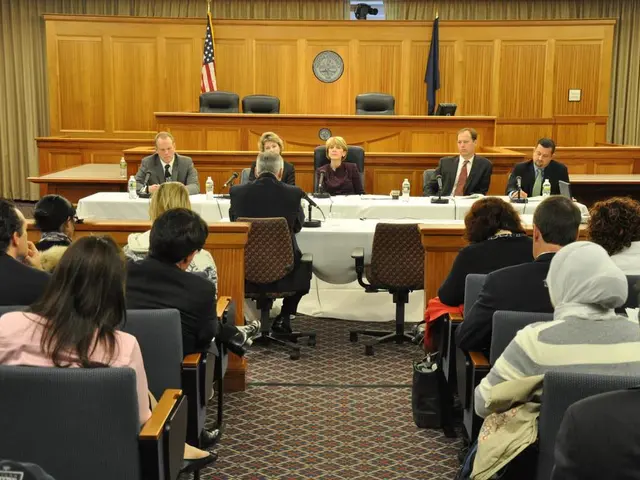Teaching Elementary School Students About the U.S. Economy in Simple Terms
In an economy, a community organizes and allocates its resources to produce goods and services. This system can take various forms, each with its unique characteristics.
In a market economy, goods and services are received by whoever can pay for them. Producers, who create goods or provide services, make choices about what, how, and to whom to produce based on competition and efficiency. On the other hand, consumers are the individuals who benefit from these goods or services by purchasing them or using them.
Competition in a market economy encourages producers to improve their products and use resources more carefully. Supply and demand in a market economy fluctuates to balance the amount of goods and services and the demand for them, sending signals to producers about production levels. However, a market economy struggles to match supply with what people actually want, as stores may be full of one item no one is buying, while families wait in long lines for another that ran out weeks earlier.
In contrast, a command economy is an economic system in which the government takes responsibility for major decisions regarding production and distribution. In a command economy, officials set prices, direct factories, and determine how the nation or community uses resources. This system, while efficient in some aspects, can lack the flexibility and responsiveness to consumer preferences that a market economy offers.
Mixed economies, like that of the United States, develop when societies attempt to harness the advantages of both market and command systems while mitigating their weaknesses. In a mixed economy, families might decide which goods to purchase, while tax dollars are directed toward public services, like roads, schools, or emergency services.
Resources, anything used to produce a good or service, are scarce in an economy. They include physical materials, tools, time, money, and skills. Scarcity means there is never enough of a resource to satisfy every want or need, leading to trade-offs, choices made when limited resources force us to give up one option to take another.
The Community Economy Web is a classroom activity that illustrates how everyone both gives and receives in a community by naming jobs and showing how each role provides something others use and how those same people also consume. This activity highlights the interconnectedness of roles and resources in an economy.
There are different types of economic systems, each determined by how societies answer the questions of what should be produced, how it should be produced, and who should receive it. Understanding these systems helps us appreciate the complexities of our economic world and the choices we make every day.
Unfortunately, there is no information available in the search results about the founding date or founder of the In Context: Elementary platform specializing in elementary school financial science. Nonetheless, it is clear that this platform plays a crucial role in educating the next generation about the intricacies of our economic system.
Read also:
- Measuring and Adjusting Surveys about Previous Presidential Election Voting Preferences
- Mobility Sparks Unseen Organ: Surprisingly Active During Physical Activity
- Inefficiencies in policy lead to increased disparities between Dhaka and other urban areas, according to urban analysts.
- Democrats in the United States are rejoicing over Kamala Harris' recent triumph




